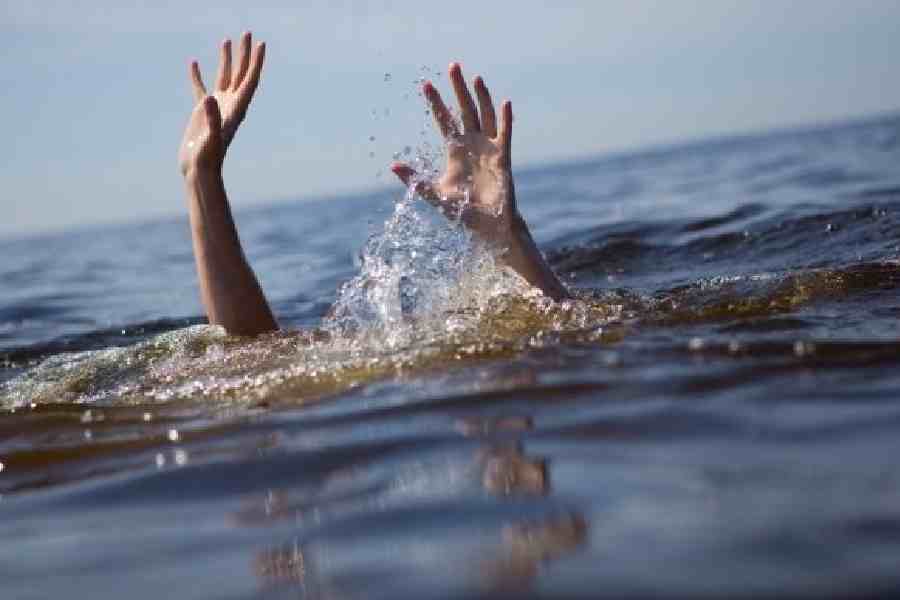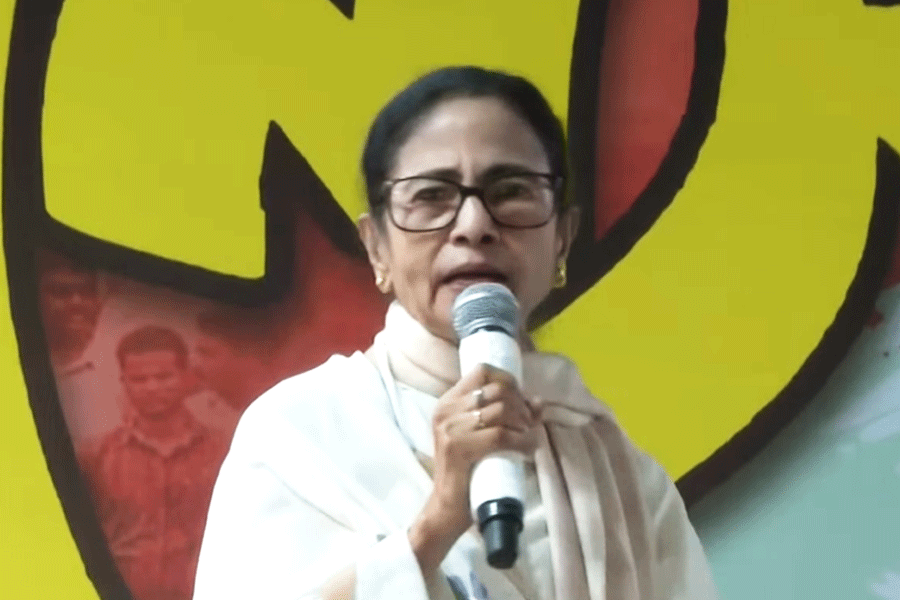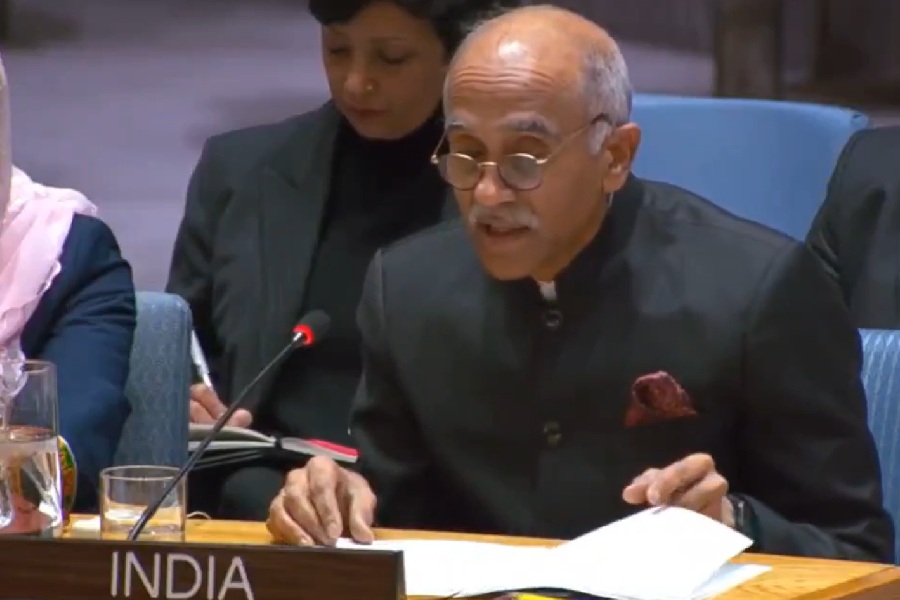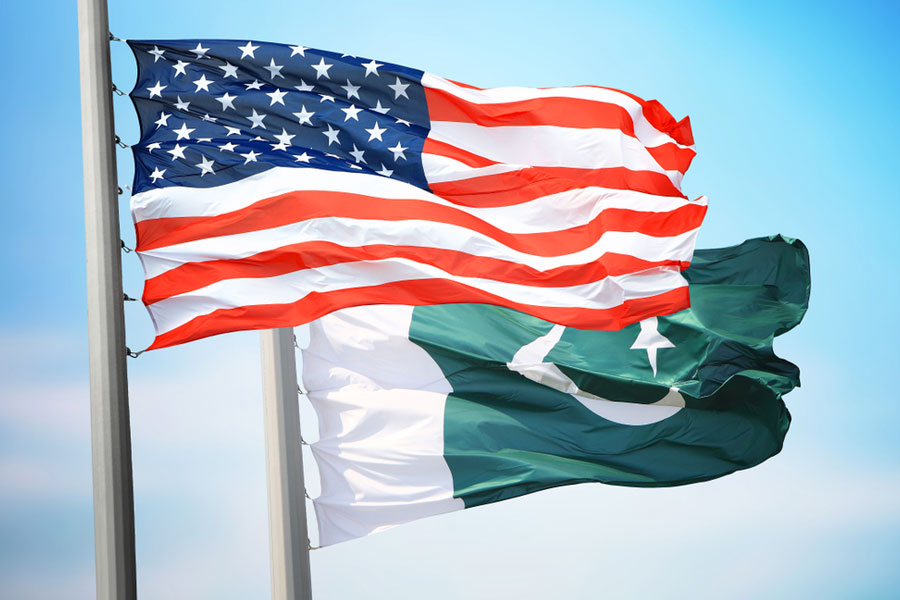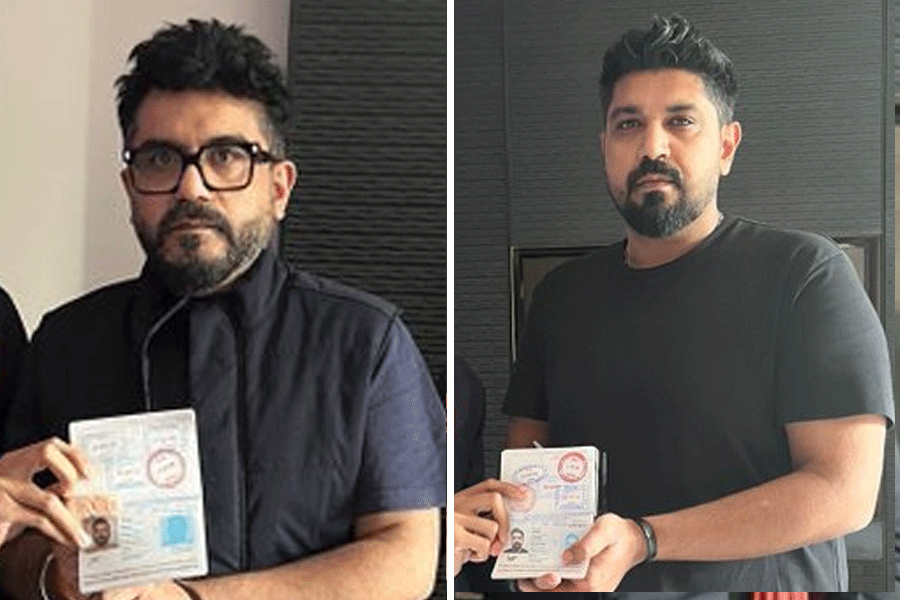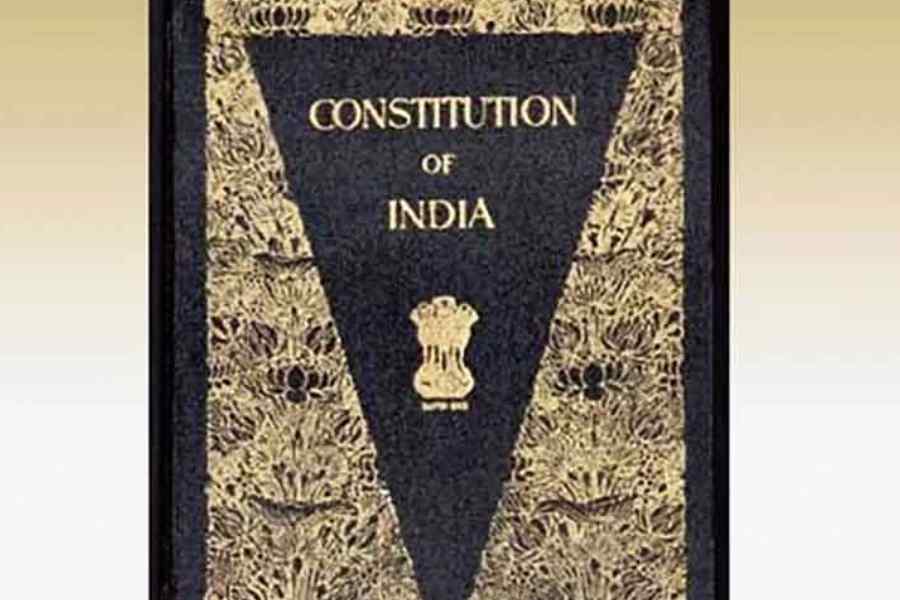Bengal’s drowning death rate is more than double the national average, with over 9,000 lives lost each year, public health researchers have said in a report to be submitted to central and state authorities on Friday.
Researchers at The George Institute for Global Health India have estimated that Bengal loses 25 lives a day to drowning. But only one in five of these deaths are officially recorded — the rest go uncounted, known only to their families and communities.
Their survey has found that 86 per cent of these deaths occurred in rural areas and 45 per cent among children aged 1-9 years. The drowning rate in toddlers aged 1-4 years is 60 per 1,00,000, or threefold higher than 19 per 1,00,000 in children aged 5-9 years.
The researchers suspect that the high drowning rate among toddlers reflects inadequate supervision by parents or caregivers. Many of these children live close to backyard ponds and other open water bodies, which are common across Bengal.
“Our findings are deeply concerning,” said J. Jagnoor, an injury prevention epidemiologist at The George Institute who led the study. “Toddlers left unsupervised even for a few minutes are newly mobile and curious — they crawl in water, sometimes just 50 metres from home,” she told The Telegraph.
The survey, which covered roughly 18 million people — around a fifth of the state’s population — has found that families reported only 18 per cent of drowning deaths to the civil registration system. This implies that more than 80 per cent remain outside official statistics.
“This was a surprise, but when we spoke with local police and health authorities, we found this is what it is — possibly because so many of the drowning deaths are children,” Jagnoor said.
Researchers say the undercount in official drowning data may explain why the
survey estimated a drowning rate of 9.17 per 1,00,000 — more than double the national rate of 3.86 per 1,00,000 reported by the Global Burden of Disease study, an international effort to estimate deaths and illnesses.
“The true extent of drowning deaths in Bengal — and likely across other parts of India — has remained largely invisible,” said Medhavi Gupta, a research consultant with The George Institute who helped with the survey.
“Many victims don’t receive appropriate post-drowning care such as cardiopulmonary resuscitation because doctors and paramedics are hard to reach in rural areas,” Gupta told this newspaper.
The survey found that only 10 per cent of victims received cardiopulmonary resuscitation with rescue breaths — the recommended response for drowning. The child drowning incidents occurred mainly within 50 metres of their homes and peaked between 12 noon and 2pm, when parents or caregivers were occupied with household chores. Drowning incidents also clustered around the monsoon months of July and August.
The survey’s findings are yet to be peer-reviewed, but The George Institute is set to present the findings and recommendations to the director-general of health services at the Centre and state health officials on Friday, designated as World Drowning Prevention Day.
The recommendations include fences around ponds and open water sources close to homes, expanding supervised childcare for children aged 2 to 6 in rural areas, and training local community members in rescue and resuscitation methods.
“Every single one of these deaths is preventable,” Jagnoor said.

